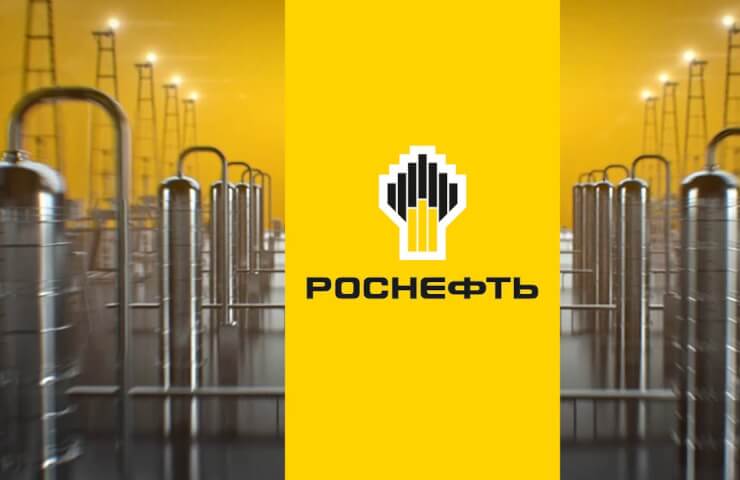The Syzran Refinery now uses catalysts manufactured by Rosneft at eight units, including units for hydrogen production, catalytic reforming, diesel fuel hydrotreatment and vacuum gas oil hydrotreatment. Since the beginning of the year, 30 tons of catalysts produced at the Angarsk and Novokuibyshevsk catalyst plants and at the RN-Kat enterprise have been loaded into the units of the Syzran refinery. All these plants are part of Rosneft.
In July, the company announced the cessation of the use of imported protective layer catalysts at seven hydrotreaters at the Novokuibyshevsk Refinery. Since the beginning of the year, these blocks have been loaded with 80 tons of products from the Angarsk and Novokuibyshevsk catalyst plants.
Protective layer catalysts make it possible to remove mechanical impurities and heavy metals from raw materials, thereby increasing the service life of catalysts in the main technological processes.
Projects for the transition of the Syzran and Novokuibyshevsk refineries to Russian-made catalysts were developed by the All-Russian Research Institute for Oil Refining (VNII NP), which is also part of the Rosneft perimeter.
The cost of catalysts is a small share of the costs of refinery owners, but they are critically important, since the use of catalysts can significantly increase the depth of processing of raw materials and the quality of produced petroleum products.
Russian oil companies have been developing the production of catalysts for a number of years, and this year the task of import substitution is especially acute in connection with the ban on the supply of catalysts announced by the European Union in April. However, Western sanctions may have a delayed effect, since the replacement of catalysts at refineries is required every few years.
Last year, Russian refiners reduced their purchases of catalysts from abroad by 20%, but their overall dependence on imports was still 35%. At the same time, hydrocracking and hydrotreatment units in 2021 depended on the import of catalysts by 90%.
The volume of consumption of catalysts by Russian refineries last year remained practically unchanged compared to 2020 and amounted to about 21.2 thousand tons, while imports decreased to 7.4 thousand tons from 9.3 thousand tons - a year earlier, according to the Engineering Chemical Technology Center (IHTC, Tomsk). The decrease in foreign supplies in 2021 was mainly due to an increase in the production of catalytic cracking catalysts in Russia.
On May 24, Rosneft announced the start of industrial production of a hydrocracking catalyst at its RN-Kat plant in Sterlitamak (Bashkiria). The capacity of the RN-Kat enterprise reaches 4 thousand tons /year for the production of various catalysts and 2 thousand tons /year for the reactivation of catalysts, but Rosneft did not disclose the planned production volumes at this hydrocracking catalyst plant. In 2019, the same plant began production of trial batches of hydrotreating catalyst.
In 2023, Gazprom Neft plans to commission its own catalyst production plant in Omsk. Its capacity will be 21,000 tons/year of finished products, including 15,000 tons/year of catalysts for catalytic cracking, 4,000 tons/year for hydrotreatment, and 2,000 tons/year for hydrocracking. In addition, the plant will have the capacity to reactivate catalysts in the amount of 2,000 tons/year.




